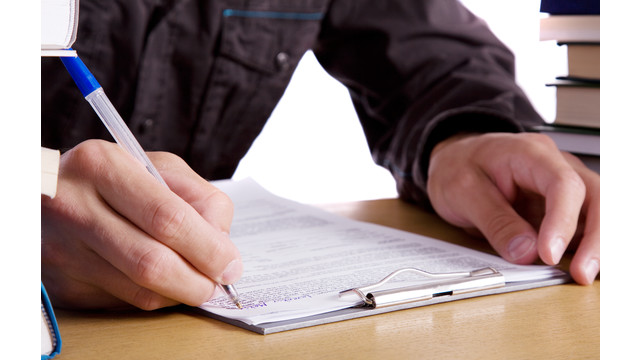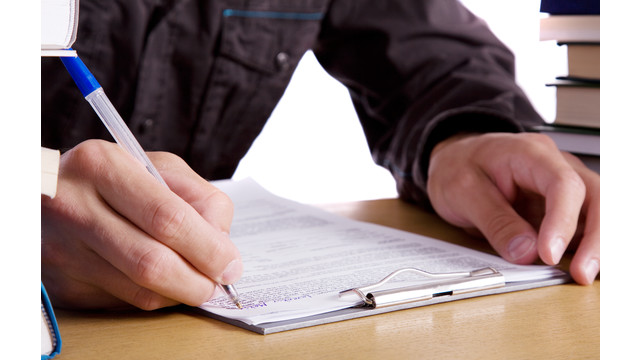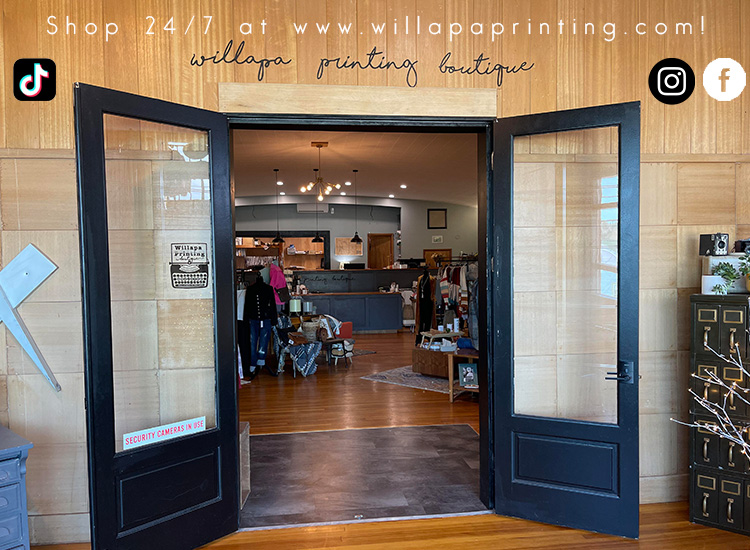
Theft, break-ins, and people feeling like they are entitled to your possessions are on the rise. It is not always about drugs, but sometimes people just feel like they need what you want and they do not want to work to pay for the items like the rest of us do. Being vigilant in locking your car doors (believe it or not a lot of people forget). You can also make sure to not leave valuables in the open to be seen to entice someone to break into your car, home or garage.
A lot of us have car insurance, and home/renters insurance that could potentially cover items in your car or home. I know I do, but how well are you protected in case of theft? Have you documented the items that are most valuable to you for that insurance coverage? I know this is a project I have started taking on lately how about you?
Let's cover some ways on how you can document your important possessions for that "in case scenario".
1. Choose a method
While a home inventory can be as simple as a list or a visual record, an effective home inventory should include both for added security.
- Digital Inventory
If you have an iPhone or Android phone, there are applications that can be downloaded to your phone, some of which are free. Or you can use a cloud storage drive like Microsoft One Drive and upload photos. - Home Inventory List
A comprehensive home inventory list catalogs your belongings and should include the item description (make, model, and serial number, if applicable), value, and purchase date. You can create your own list using a spreadsheet or fill out a home inventory checklist that's ready to go. - Visual record
A visual record of your possessions shows proof of ownership. This can be accomplished with a video walk-through of your home or through a series of photographs.
Advertisement
Advertisement
2. Document thoroughly
It's important to thoroughly document your belongings to help the claims process go smoothly following events ranging from the total loss of your home by fire to the theft of a few items. A good way to start is to move from room to room, listing items as you go. Don't forget to include the items in your basement, attic, garage, and any detached structures, such as tool sheds. Also, pay special attention to your most valuable possessions, such as antiques, art, jewelry, collectibles, and electronic equipment. If you have any questions about which items are covered by your policy, contact your insurance agent.
Keeping proper documentation will also help to facilitate the claims process. This documentation, which can be scanned for digital storage, includes:
- Receipts
- Credit card statements
- Other transaction documents
- Appraisals (include the appraiser's name and address)
Once you've created your home inventory, make sure to update it as you acquire or get rid of items over time.
3. Keep your documentation safe
Don't let your home inventory become part of a property loss. Whichever inventory method you choose, it's important to keep a copy in a bank safe deposit box or other secure location away from your home.






